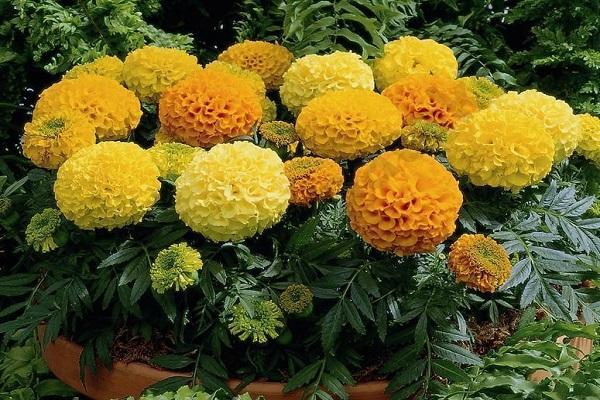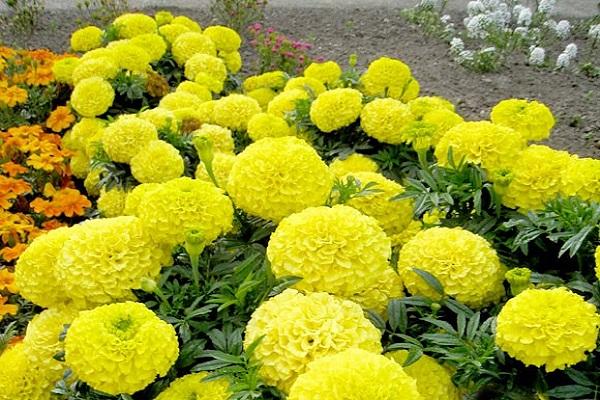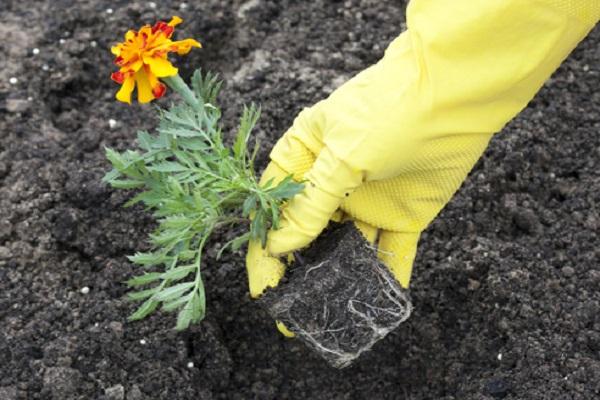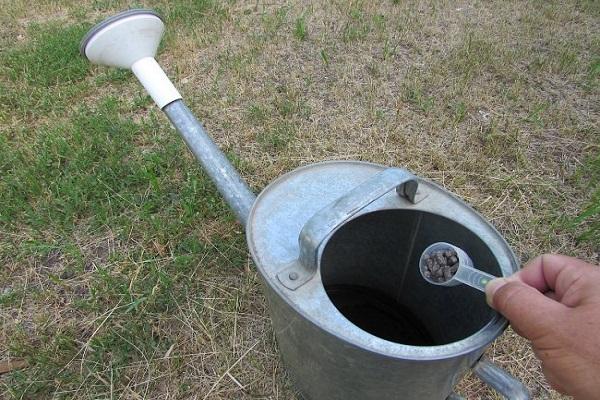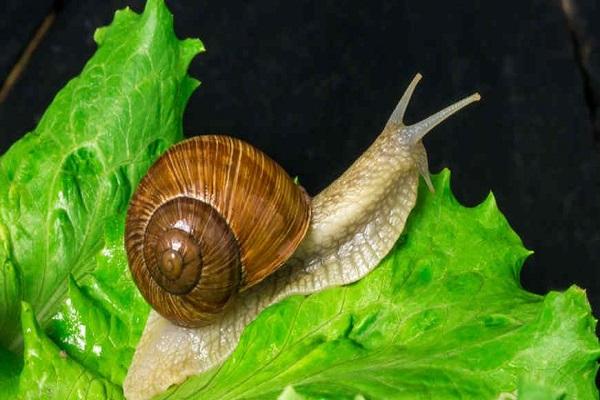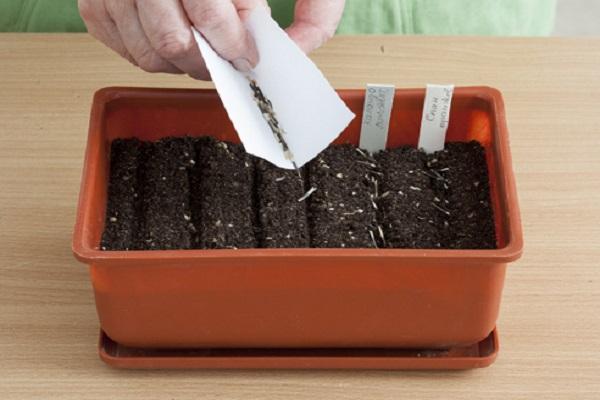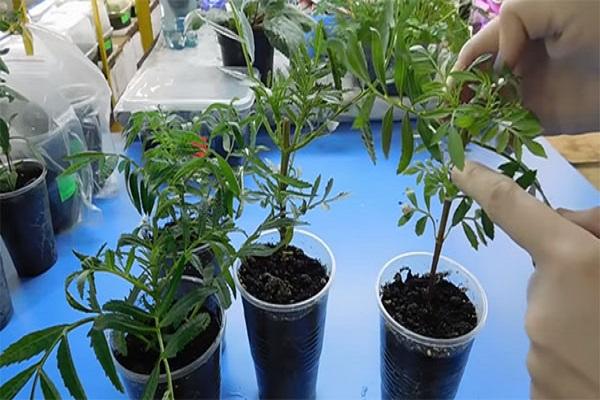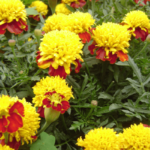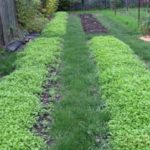It is difficult to find gardeners who would not like to attract attention to their flower beds with bright and lush flowers. Many people are looking for rare and exotic flowers, the cultivation of which is a feat in itself and takes a huge amount of effort and attention. However, the most ordinary marigolds of the Antigua variety, bred from African marigolds, can cope with this task extremely easily.
General information about the Antigua variety
This variety belongs to the species marigolds erecta, also known as African.The species itself is distinguished by its fibrous root system, and also by the fact that the bushes of this plant can be from forty to one hundred and twenty centimeters in height. At the same time, the bushes can be both compact and spreading - there is no clear gradation here, and it all depends on the specific plant.
The Antigua variety compares favorably with its species by its dwarfism - the flowers rarely exceed thirty centimeters in height. This makes it similar to Bonanza Deep Orange, which is a different species. The diameter of the inflorescences varies from seven to twelve centimeters. The bushes themselves are compact and produce several flower stalks.
The following subspecies of this variety have been noted, which tend more towards one of the shades characteristic of Antigua:
- Orange Rich, orange color.
- Yellow. Sunny, yellow color of inflorescences.
- Primrose. Lovely lemon yellow color.
Advantages and disadvantages of culture
Since each species has its own pros and cons, marigolds also have their positive and negative sides. If we talk exclusively about the Antigua variety, then the list of pros and cons is significantly reduced.
The advantages of this variety usually include:
- Compactness of the bush. Due to the density and miniature size of the plant, it is ideal for decorating curbs.
- An excellent combination of the size of the stems and inflorescences, which makes the bush look more lush.
The disadvantages include:
- Price. The cost of seeds of this variety can be steep, and this is directly related to the following disadvantage.
- No seeds. Since it is a hybrid variety, Antigua either does not produce seeds or they do not bear fruit.
When and how to plant?
In order for marigolds to bloom early, it is better to plant them in seed boxes in early March. The seeds are planted in grooves, at a distance of one and a half to two centimeters from each other. This distance should be between the furrows.Or you can immediately plant them in the garden in May. The soil should be well-drained and slightly acidic. It is better to pre-fertilize it with peat and mineral fertilizer.
The seeds are sprinkled with one centimeter of soil and covered with a dark film, after which all that remains is to wait. The seedlings will appear on the fifth to seventh day, then they can be transplanted separately from each other or, if the weather permits, then moved to a flower bed. This particular upright variety is planted in squares of twenty by twenty centimeters, but its larger relatives can only live in squares of forty by forty centimeters.
It is worth noting that marigolds tolerate transplantation well, regardless of age. Even if the transplant is done during the flowering period, everything will be fine with them.
How to care for a plant?
In order for the plant to grow healthy and beautiful, it needs to be properly cared for. To do this, it is worth removing faded inflorescences, as well as periodically loosening the soil at the roots. This is necessary because the root system needs oxygen.
Watering
Although Antigua marigolds are tolerant of short periods of drought, they should be watered regularly, especially during the hotter months. Good watering in the early stages of growth will help produce lush flowers and strong, beautiful stems. The main thing is not to overdo it and be moderate - excessive humidity and stagnation of water will lead to the appearance of gray rot.
Top dressing
For feeding, complex mineral fertilizers are used, which are introduced two to three times a season - this is enough. During flowering, you can add a little phosphorus to the soil, but this is not necessary.
Diseases and pests
Marigolds are harmed by the same diseases and pests as many other flowers. Exceptions to this rule are rare, and only confirm the rule. Among the pests and diseases that can destroy a flower, the following representatives are distinguished:
- Gray rot. This fungus occurs due to overwatering and/or plants being too close to each other. Gray rot can be distinguished by dark spots that appear on the leaves, as well as damage to the roots, which begin to rot. It is recommended to immediately dig up all affected bushes and destroy them. However, you can try to save them by replanting them in separate pots and removing the affected parts of the plants.
- Snails and slugs. They are busy eating plants. They have to be collected by hand, after which jars of bleach are placed near the flowers - it repels pests.
- Spider mite. Appears in hot, dry weather. It actively feeds on plant sap, which gradually leads to their death. Since marigolds do not tolerate chemicals well, they are sprayed with an infusion of pungent plants. These include hot peppers, onions, garlic and yarrow.
How best to propagate
It is believed that the best way to propagate this type of flower is through seeds. But this method is not suitable for those who want to breed one variety. This is due to the already mentioned “sterility” of the hybrids, so all that remains is to purchase seeds from breeders. How to plant seeds correctly was described above.
However, there are also gardeners who prefer to use cuttings. This method helps to quickly propagate flowers by partially cutting off one of the plants.
To do this, take about half a kilo of soil and water it well.After this, several tops are cut off from the plant and planted in the ground. A pot of soil should be tied in a transparent bag to create greenhouse-like conditions with high humidity and temperature. The package is exposed to the sun, and after seven days the cutting will germinate.
In this case, the “parent” plant will not suffer much and will even acquire a more aesthetic appearance. If you remove only one top from the plant, then growth will soon begin in the lateral buds, and the bush will become more voluminous. And when flowering begins, the abundance of flowers will make it difficult to find leaves.
Gardeners suggest treating the cutting area of the parent plant, but this does not make much sense if the plant is not yet affected by any pests.
Applications of marigolds
In addition to purely aesthetic value, marigolds of this variety have other extremely useful properties. These include:
- Pest repellent. Due to the specific smell of Antigua, they repel almost all insects that usually attack plants. So, if marigolds are planted next to other flowers, you can forget about whiteflies, mole crickets and aphids. But you should not plant these plants next to peas and radishes - they do not get along together.
- Medicine. Infusions of dried and fresh marigolds help get rid of parasites and also have a diuretic and diaphoretic effect. They are also used for joint pain.
- Cooking. Dried petals are used as a natural coloring and spice.
- Ecology. Marigolds draw and accumulate heavy metals from the soil, which helps cleanse the soil.
To sum up, we see a variety whose cost is quite high, but it is not as delicate and difficult to care for as most expensive flowers.This is practically the best combination of cost and endurance that you don’t see often..

